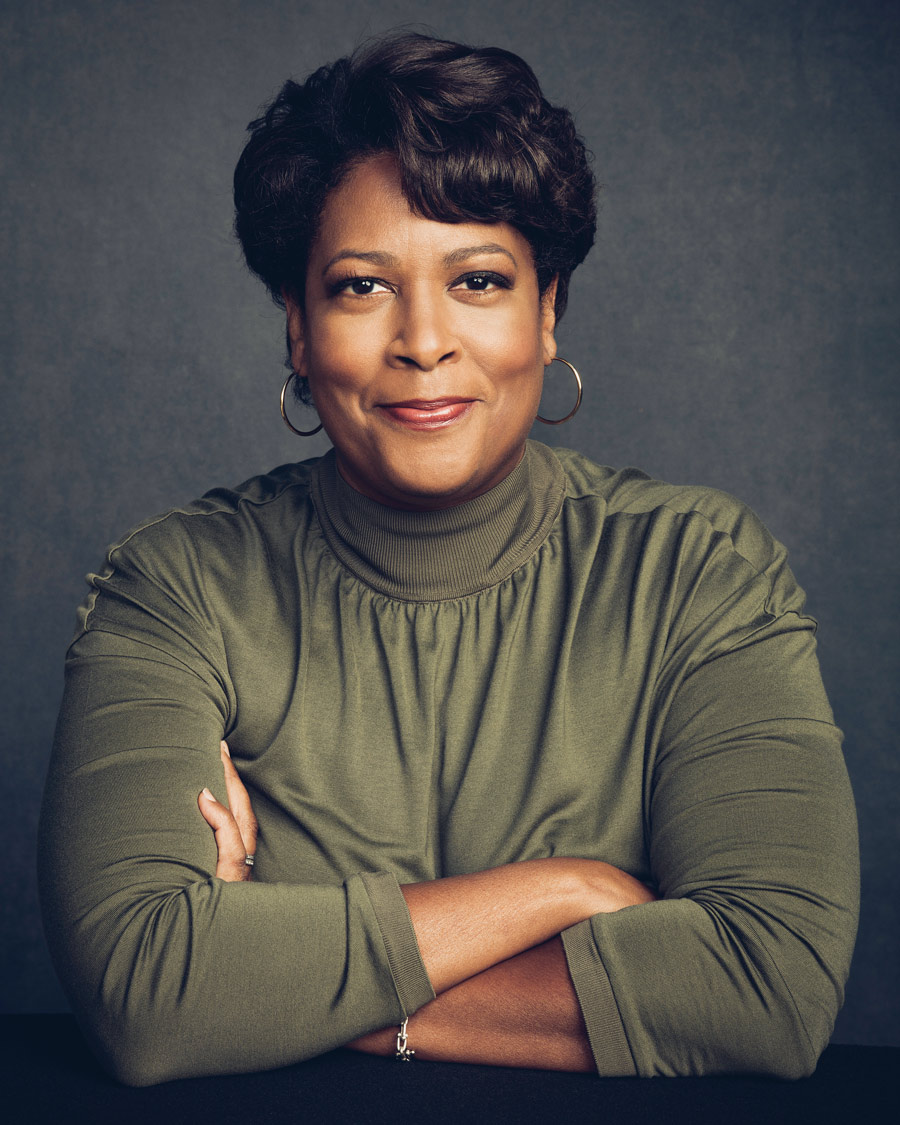Grace Dumdaw ’21 in New York City, where she is launching her acting career.
Kate Bernstein ’99
Don Mizell ’71
Craft Builders
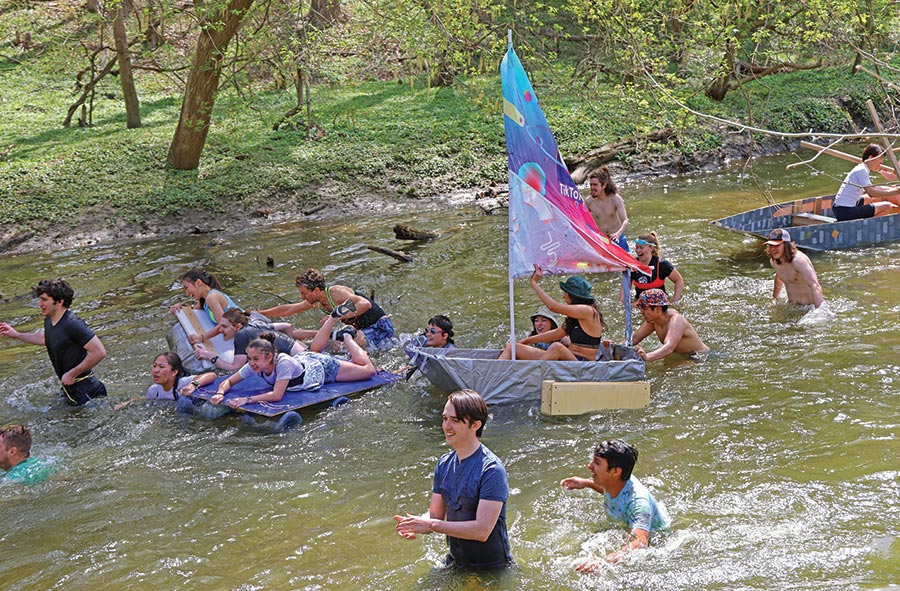
campbell
campbell
THE GLEEFUL RETURN of the Crum Regatta brought a bit of unscripted joy to campus this spring. Students’ creative approach to boat building — and the exuberance that came with it — is a beacon for navigating life in 2022: Use the tools you have to stay afloat and keep connected.
In this Bulletin, we set off on an adventure to explore the role of storytelling in the film and entertainment industry. I asked Leo Braudy ’63 H’16, a pioneer in film studies, why that’s especially meaningful during times of conflict and crisis. He shared this insight: “The history of narrative in general, and the movies in particular, can be seen as a continuing effort to create often contrasting and conflicting views of life and experience,” Braudy says. “Storytelling is the human effort to make sense of the world while paying tribute to its contradictions. Its evil twin is paranoia, so rampant now, which allows no contradictions and consistently narrows its perspective. In times of crisis, anxiety often leads to the seeming solace of paranoia. But it is the flexibility of storytelling that is truly needed.”

In “A Call to Action” on pg. 36 we talk with Marcella Nunez-Smith ’96, MD, MHS about her important role in the fight against COVID-19. She’s kept the focus on health equity during the pandemic and beyond. “Question deeply and imagine differently,” she says. We also explore how the College reacted to the war in Ukraine, examine the powerful role of coincidence in our lives, and discover how one alumna turned to her bicycle to raise awareness for peace.
Enjoy these inspiring stories of creative, committed Swarthmore alumni who continue to instill hope for a brighter tomorrow.
swarthmore college bulletin
Kate Campbell
Senior Editor
Ryan Dougherty
Staff Writer
Roy Greim ’14
Class Notes Editor
Heidi Hormel
Designer
Phillip Stern ’84
Photographer
Laurence Kesterson
Administrative Coordinator
Lauren McAloon
Editor Emerita
Maralyn Orbison Gillespie ’49
Email: bulletin@swarthmore.edu
Telephone: 610-328-8533
We welcome letters on articles covered in the magazine. We reserve the right to edit letters for length, clarity, and style. Views expressed in this magazine do not necessarily reflect the opinions of the editors or the official views or policies of the College. Read the full letters policy at swarthmore.edu/bulletin.
Send letters and story ideas to
bulletin@swarthmore.edu
Send address changes to
records@swarthmore.edu
Printed with agri-based inks.
Please recycle after reading.
©2022 Swarthmore College.
Printed in USA.

On Our Radar
NEWISH
I just want to compliment you on the newish design and general feel of the Bulletin.
Thanks and congratulations.
— BILL AYRES ’64, New York, N.Y.
APPLAUSE FOR WINTER ISSUE
— ROBERT GURFIELD ’60 Los Angeles, Calif.
Mine Wars Museum
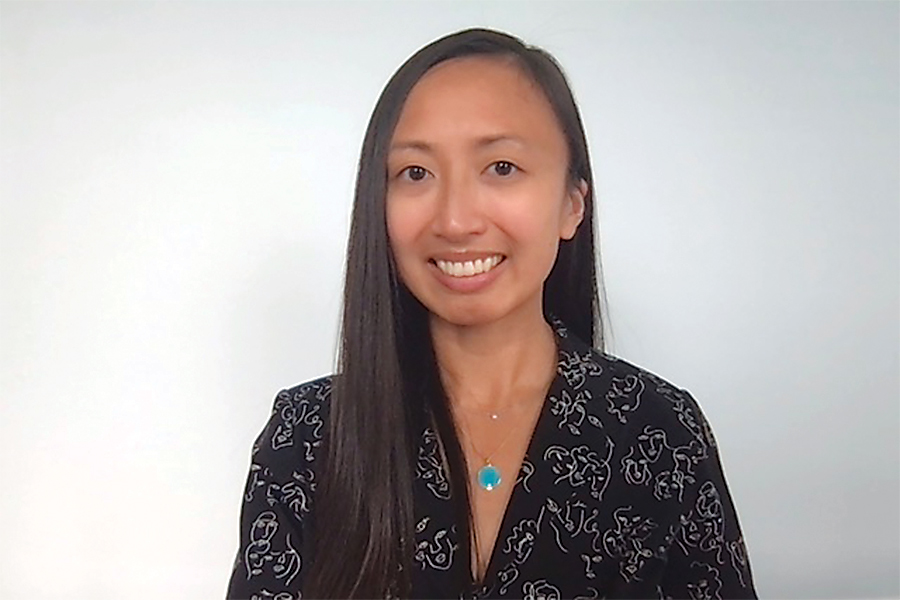
PLAY & CITIZENSHIP
After all, day one of “Introduction to Education” at Swarthmore taught me that schools are reflections of society: How did my classroom inform my understanding of what was happening at the Capitol?
studentwise: How does an owl hear?
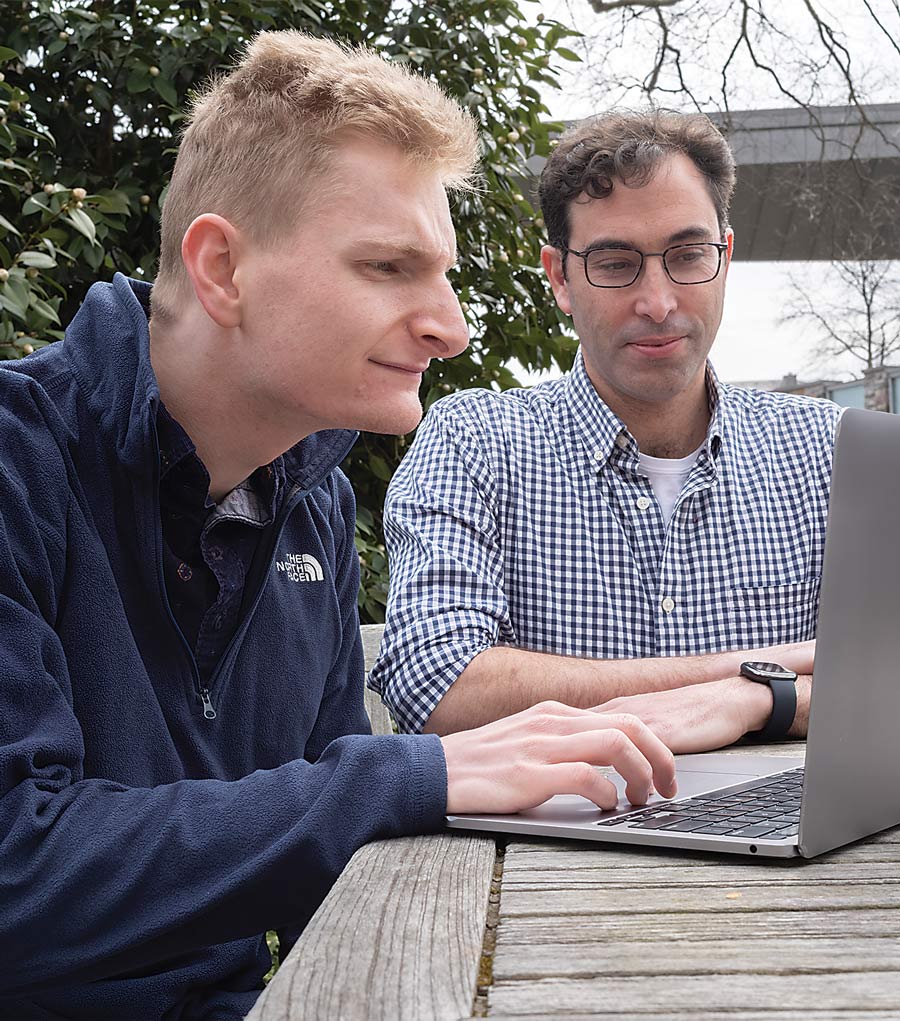
HOT TYPE: New releases by Swarthmoreans
George Struble ’54
Getting Swiss Airmail Off the Ground, 1913-1939: Grand Award Exhibit
Exhibitors Press
Benjamin Kennedy ’88
Welcome to Real Analysis: Continuity and Calculus, Distance and Dynamics
American Mathematical Society
bearing witness
“Turns out being a lawyer is really great for being a documentary filmmaker,” she says. “It’s a lot of interviewing people, a lot of listening and observation. It’s taking something complicated and making it understandable to a lay audience. It’s just a Swarthmorean thing to do.”
common good
On the Web

Swarthmore placed fourth at the North American Championships and the World Finals Invitational — the only team to represent a liberal arts college. Jay Leeds ’23 attained Legendary Grandmaster on Codeforces status.
The Peace & Conflict Studies Program celebrated its 30th anniversary with a virtual gathering of faculty, students, alumni, and staff.
Swarthmore held the inaugural convening of SUCCESS (Supporting Undocumented Students’ College & Career Equity: Strategies for Success)
SwatTank celebrated its 10th anniversary in style returning to an in-person event for the first time since 2019.
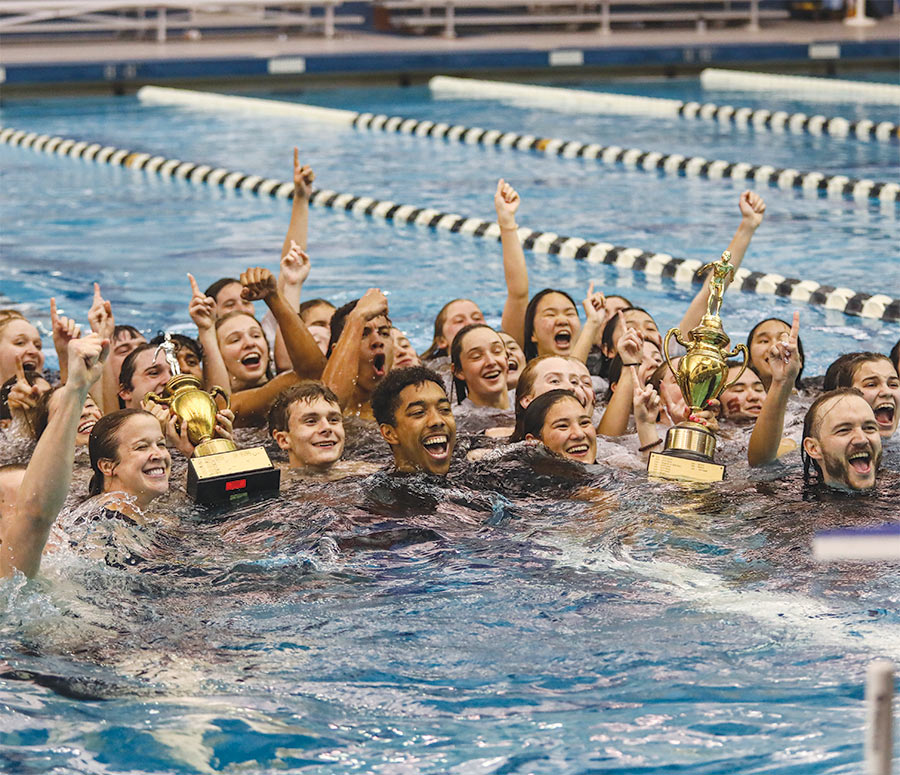
Making a Splash
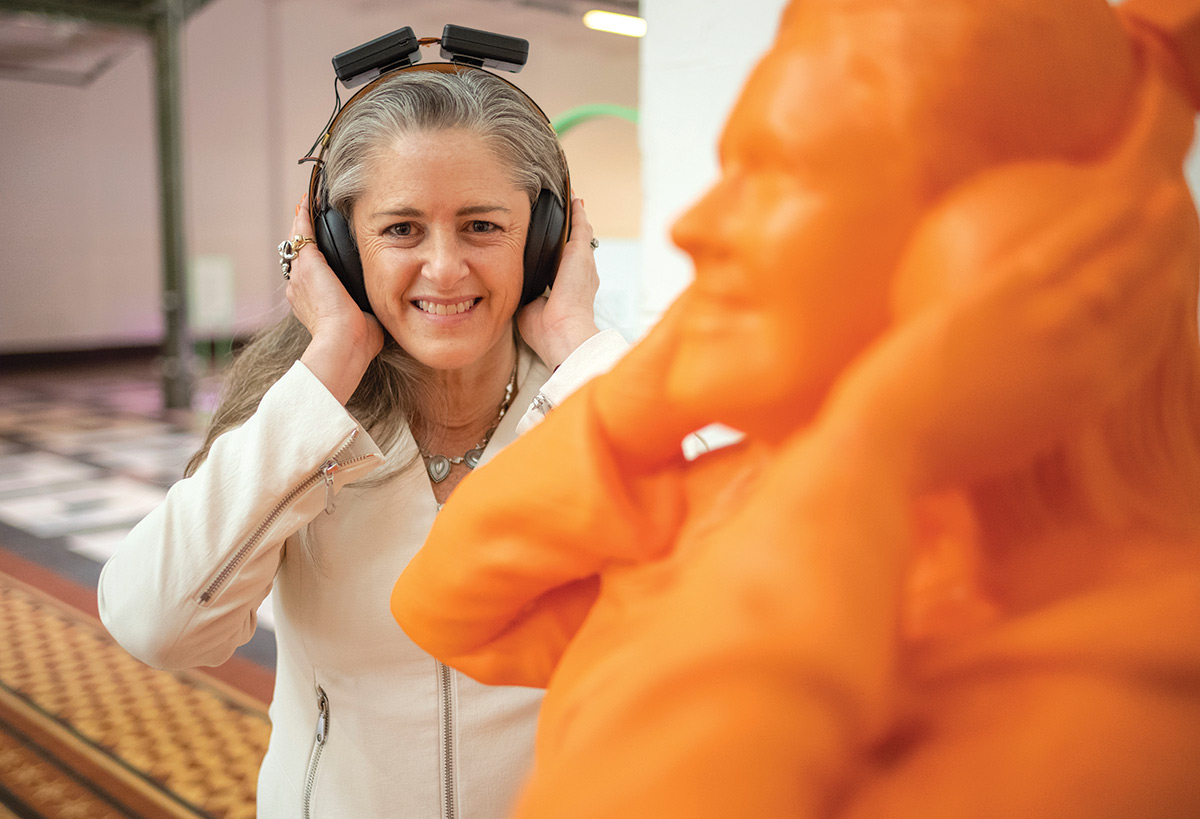
Stories of a Techno-Optimist
On the first weekend of March, Cori Lathan ’88 visited the National Mall in Washington, D.C., to see a life-sized, orange, 3D-printed statue of herself — one of 120 statues honoring contemporary women in science, technology, engineering and mathematics (STEM) — on display as part of a Smithsonian exhibit. “It was amazing to see the kids look at the statue, then look at you, and be like, ‘Wait a minute,’” says Lathan, an inventor and entrepreneur with a passion for inspiring girls to pursue careers in STEM.
When she was a Ph.D. student in neuroscience at Massachusetts Institute of Technology, she founded a STEM mentoring program for middle-school girls. She served as coach for both her daughters’ robotics teams, and is an ambassador for the IF/THEN Initiative — the force behind the Smithsonian exhibit — to inspire girls to pursue STEM careers. Lathan’s upcoming book, Inventing the Future: Stories from a Techno-Optimist, targets college students in STEM. Each chapter tells the story of a different invention her company created. “The theme is invention as a creative process, as a creative journey,” Lathan says. “We’re all makers, and we all have the ability to create the future that we want to see.”
A Focus on Black Studies
he authors of Seven Sisters and a Brother: Friendship, Resistance, and Untold Truths Behind Black Student Activism in the 1960s are working together with royalties from their book to strengthen a fund that supports Swarthmore’s Black Studies Program, student work and research in Black Studies, and the Swarthmore Black Alumni Network Endowed Internship Fund.
They’ve named it the Seven Sisters and a Brother Black Studies Fund. For co-authors Marilyn Allman Maye ’69, Harold S. Buchanan ’69, Jannette O. Domingo ’70, Joyce Frisby Baynes ’68, Marilyn Holifield ’69, Myra E. Rose ’70, Bridget van Gronigen Warren ’70, and Aundrea White Kelley ’72, the creation of the fund is the next step in a story that began with their student activism, which helped lead to the creation of Swarthmore’s Black Studies Program. Holifield ’69, co-author and member of the College’s Board of Managers, explains that “the fund is so timely in light of our national reckoning on race and reopening of history to include a fuller story of how slavery, Jim Crow, and its legacies created unresolved inequities as well as amazing contributions.”
“It’s also an intriguing story of student activism that evolved to philanthropy as an extension of the quest for a robust Black Studies Program and maybe one day a department,” she adds. “There may be more support for the fund beyond the co-authors than we might have imagined.”
Lost and Found
Pete Mastroianni ’90 is working to spread that joy by educating people about escheatment, a legal process that turns over unclaimed assets to state treasuries. These funds often sit untouched while the rightful beneficiary remains in the dark. Though the individual amounts may be small, they can add up; in New York alone, there is an estimated $17 billion in unclaimed funds.


perfect pitch
movie buff’s movie buff, Ian Bricke ’98 relishes every step of the filmmaking journey. But the real thrills lie in late-stage editing.
“When you really figure out the shape of the movie and get to the point of tweaking a line here or trimming a scene there, you can see and feel the transformation,” says Bricke, vice president, original independent film, at Netflix, who leads a team through every stage of a film’s production, from pitch to publicity.
It’s a fitting role for Bricke. He grew up watching (if not quite grasping) Truffaut and Antonioni at the behest of his parents and frequenting Blockbuster Video.
But it wasn’t until Swarthmore that a film career came into focus.
Bricke seized the opportunity to experiment, writing movie reviews for the Phoenix, DJing for WSRN-FM, assisting productions in LPAC, and running a film society “for a general audience of three,” he says.
to tell a Good tale
“My deeply academic Swarthmore education has had, and continues to have, very practical applications in my career in the entertainment industry. What I studied is how media affects an audience, how it makes you feel, what it makes you think, and what certain representations are saying about the world,” says Bernstein.
“Even in something as seemingly ‘surface’ as reality TV, it is that high-brow background that allows us to push the culture a little bit forward, to be a little subversive and inject some kind of social agenda or expose certain stereotypes even while we are within them.”
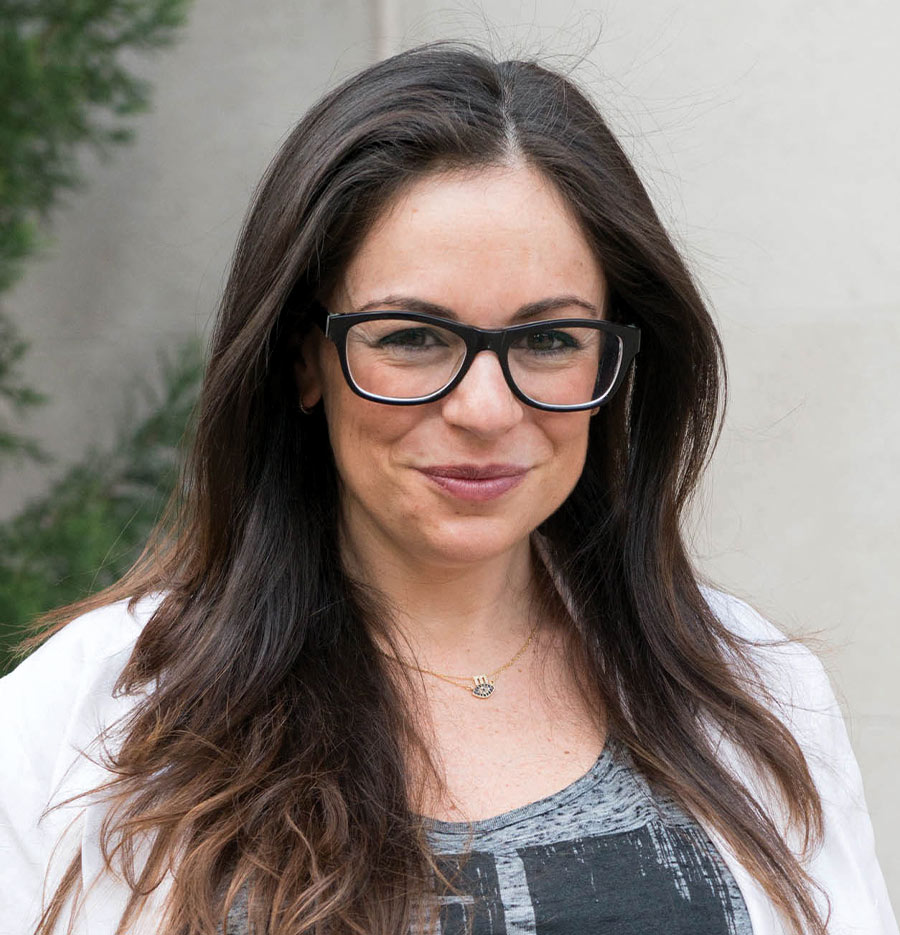

to tell a Good tale
“My deeply academic Swarthmore education has had, and continues to have, very practical applications in my career in the entertainment industry. What I studied is how media affects an audience, how it makes you feel, what it makes you think, and what certain representations are saying about the world,” says Bernstein.
“Even in something as seemingly ‘surface’ as reality TV, it is that high-brow background that allows us to push the culture a little bit forward, to be a little subversive and inject some kind of social agenda or expose certain stereotypes even while we are within them.”
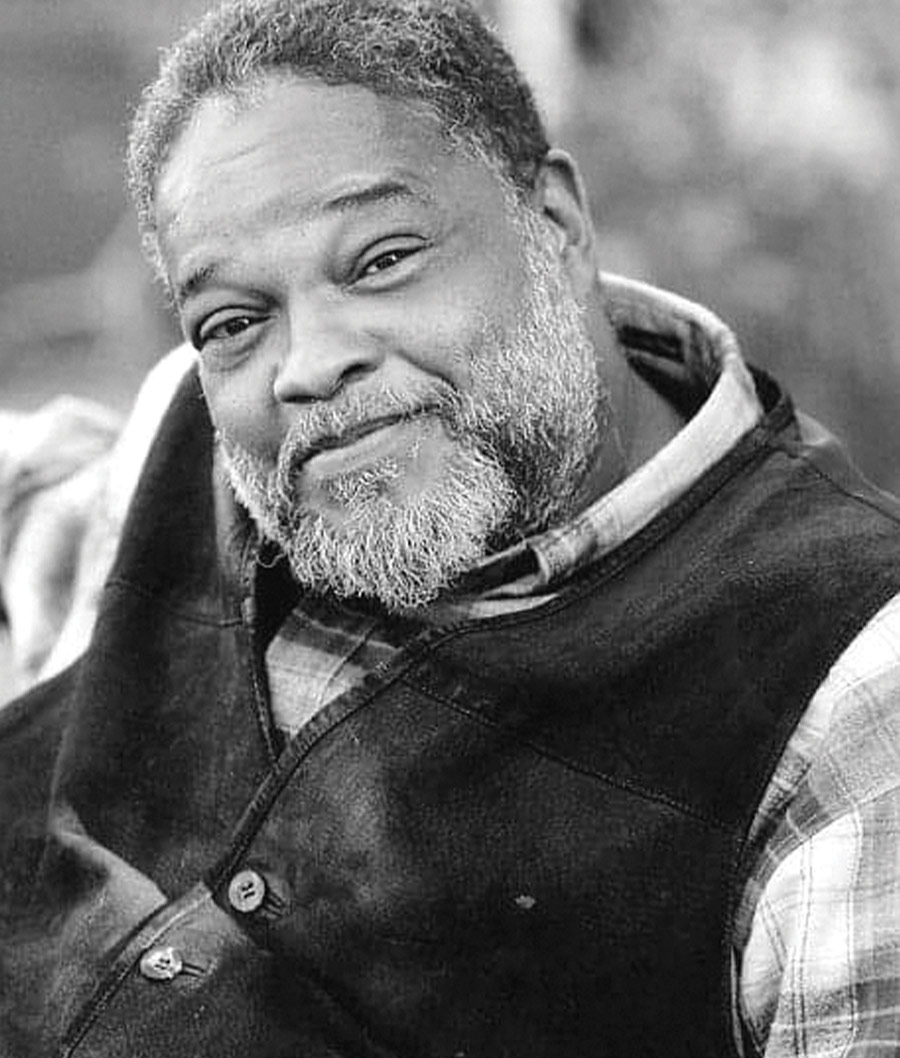
Hitting the Right Notes
Or so says the lawyer and music industry veteran, who won a Grammy in 2005 for producing the Ray Charles album Genius Loves Company, and later donated the award to the Black Cultural Center.
But for Mizell, a microphone is as much about amplifying other voices as his own. Throughout his career, he has merged his two passions, entertainment and activism, to raise political awareness. The guiding light has been the memory of his uncle Von Mizell, a doctor and civil rights leader in South Florida who founded the Broward County NAACP.
“It’s kind of in my family DNA,” says Mizell, a sociology & anthropology major at Swarthmore, the first Black Thomas J. Watson Fellow from the College, and a graduate of Harvard Law. His beloved uncle once told him that he fights for those who can’t fight for themselves.
“That really stuck with me,” says Mizell.
A fan of music with a message, Mizell moved to Los Angeles after law school to carve out a career in entertainment. After landing a job as a publicity writer, Mizell became connected with Stevie Wonder at the height of his stardom. Mizell helped Wonder launch a radio station and spearhead a campaign to create a holiday for Martin Luther King Jr. — the first holiday to honor an African American in the nation’s history.
Screen Time

The Next Big Break:
Grace Dumdaw ’21
“I might have just one line, but I need to nail this,” the fledgling actor told herself. The role was small; she would be playing an assistant in a party scene. She reviewed past episodes while drawing on her knowledge of the HBO series. Then she propped her camera on her dresser and did take after take until her audition tape was just right.
Dumdaw won the part — and with it, a confidence boost.
“That was the moment I realized I should treat every audition like a Succession episode,” she says. “When I put my mind to it, I can get a role.”
A
Call
to
Action
photos by Laurence Kesterson
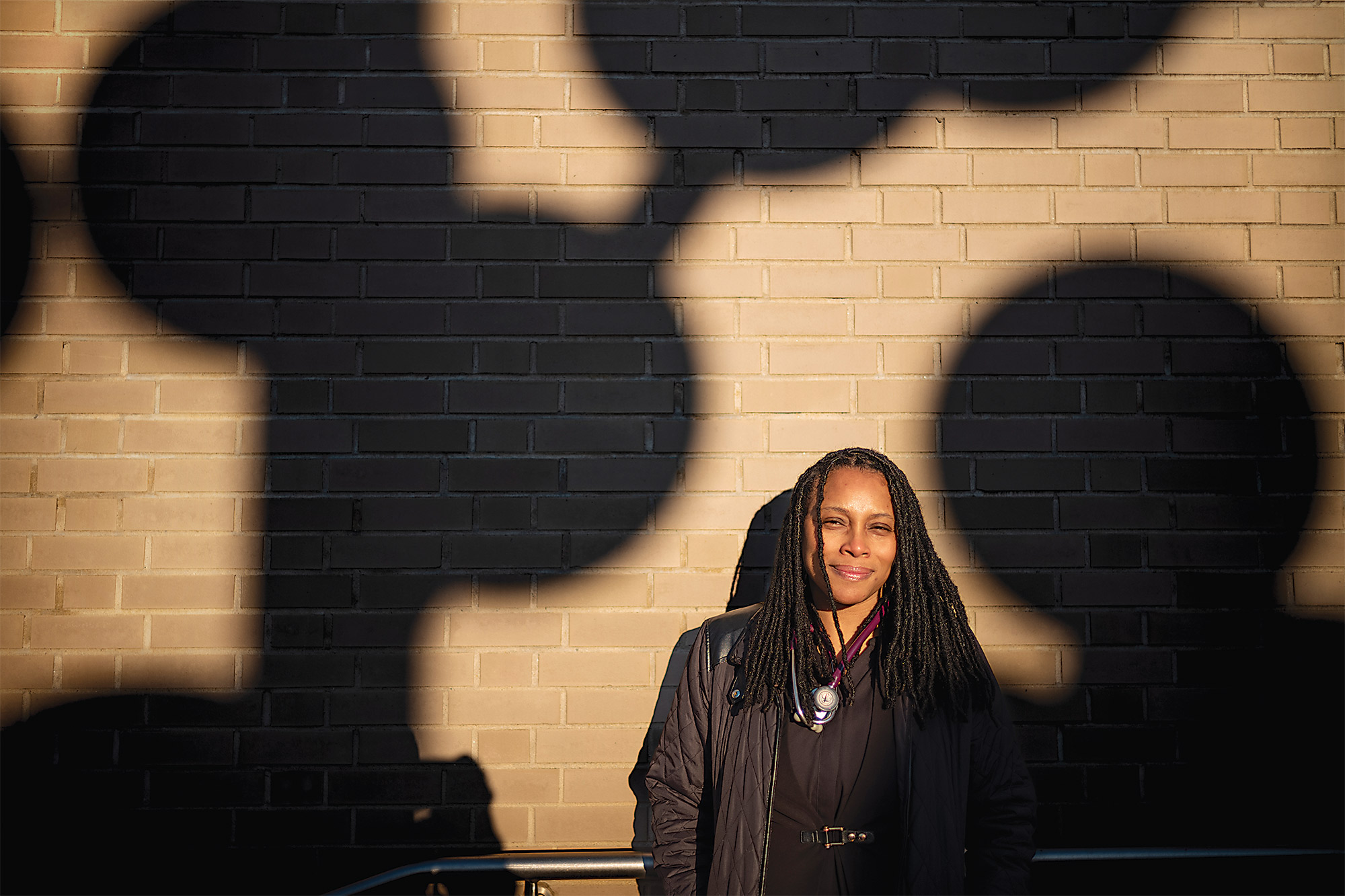
he COVID-19 pandemic shined a light on longstanding inequities in the U.S. health care system, manifesting in higher rates of infections, hospitalizations, and deaths among people of color and members of other underserved groups. Marcella Nunez-Smith ’96, MD, MHS hopes that light will lead the way toward what she has described as “a new and better normal” through the coming year.
“Fundamentally, what I want us to do is disrupt our pattern of predictability in terms of who gets harmed first and harmed worst every time there’s a national crisis, and I think we have the tools and a moment to maybe actually realize that,” says Nunez-Smith, the Inaugural Associate Dean for Health Equity Research at Yale School of Medicine, where she is the C.N.H Long Professor of Internal Medicine, Public Health, and Management.
An Ocean Away
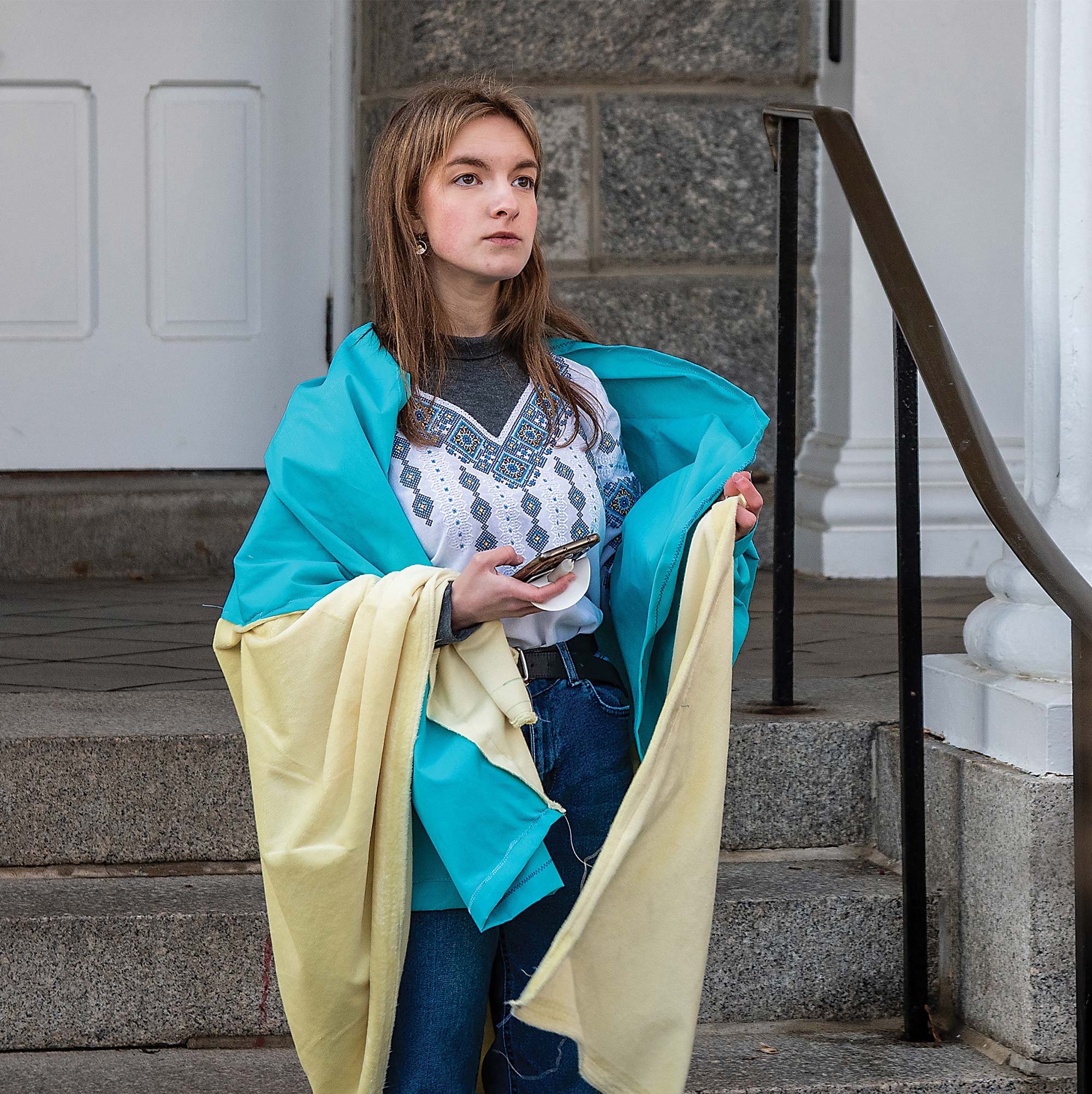
iktoriia Zakharova ’24 and her family live in Kryvyi Rih, a central Ukrainian city that is also the hometown of Ukrainian President Volodymyr Zelenskyy.
Since the onset of the war in Ukraine in February, air-raid sirens were a part of residents’ daily lives.
“At least every night, the biggest cities of Ukraine and some villages get five to 10 air-raid sirens,” says Zakharova. “So people have to go and hide in a bunker or a corridor or hallway or something, so that way they can be protected. My parents are like that.”
In response, Zakharova begain raising funds in March for humanitarian aid at home. With the support of College community members, she had raised more than $4,000 by April.

cosmic clues
“Jung was a theoretician,” he says. “I’m a pragmatician trying to make his ideas useful.”
Like the Swiss psychiatrist, Beitman believes mysterious moments are signposts that give clues to how reality works.
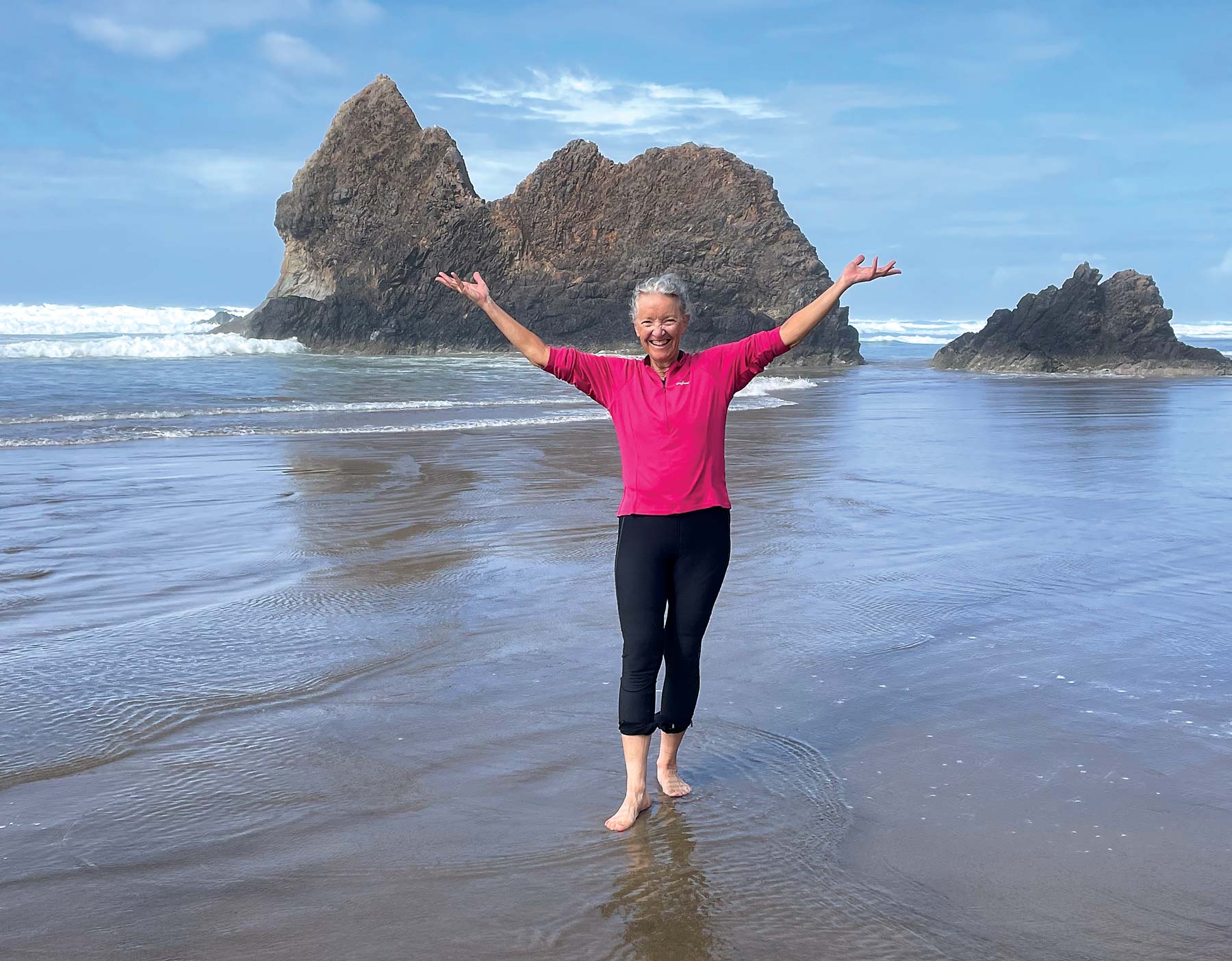
Two Wheels, One Goal: Peace
was straddling the back fender of my older brother John’s bike, my arms clinging to his waist. My face was buried in his back, my vision obscured.
I felt the ground detach from beneath us. I sensed that we were plummeting off a cliff. I panicked and clamped my legs together. My foot went into the spokes. The bike flipped and we lay splayed in the road, dazed.
The next thing I remember was our next-door neighbor, a heart surgeon, wrapping my sprained ankle. Sometimes I think about the fact that on that summer day in 1956, my courageous brother had already lived half his life.
class notes

Swarthmore Discussion Group
Become a member for the fall 2022 series to hear knowledgeable speakers and engage in lively conversation with local community members as well as Swarthmore College staff, faculty, and alumni.
swarthmore.edu/discussion-group
SwatTalks
Explore our full catalog of recorded talks from this year and years past.
bit.ly/SwatTalks
Virtual Engagement Opportunities
Explore additional event recordings, upcoming programs, and resources for the Swarthmore community.
swarthmore.edu/alumni
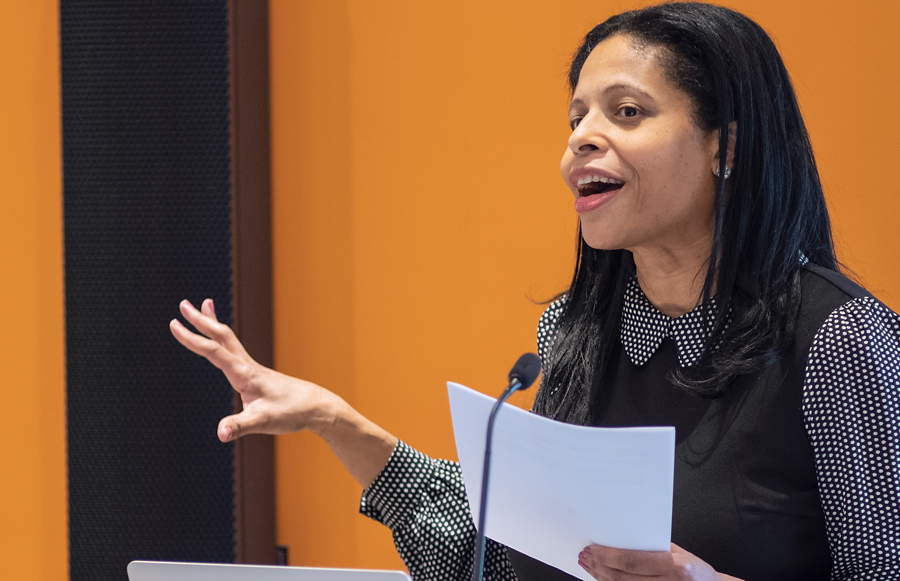

their light lives on
Joan, who died at 103 Nov. 3, 2021, was endlessly curious, a collector of vintage bottle openers, and an advocate for justice.
Throughout her life and with husband Monroe, she stood up for the rights and dignity of those with less power, especially those with disabilities — son David was born with an autism spectrum disorder and her sister with multiple disabilities. The couple were among the founders of the ARC of Maryland and had two inclusive child-care centers named for them. Joan wrote numerous policy position papers as well as books on her father and her family’s history
Alan, a scientist, inventor, software designer, and lifelong angler, died Feb. 22, 2022.
A member of Swarthmore’s varsity swimming and lacrosse teams, he served as a radar officer in the U.S. Navy in World War II, then did his doctoral work in physics at New York University, where he later directed a research laboratory. Alan invented creative solutions across a range of fields, from optics (seeing through fog) to satellites (orienting them precisely), and was one of the first to design software for quantitative analysis of financial markets.
Mim, who never shed her deeply-felt identity as a Marylander, died Feb. 2, 2022.
A history major who was Phi Beta Kappa and graduated with high honors, she served for many years on the Maryland State Board for Community Colleges, appointed by the governor, along with being chair and a member of Allegany College’s Board of Trustees. Mim was a member of St. Paul’s Lutheran Church, Cumberland, Md., and had a love of good food, a zest for travel, and a gift for friendship.
looking back
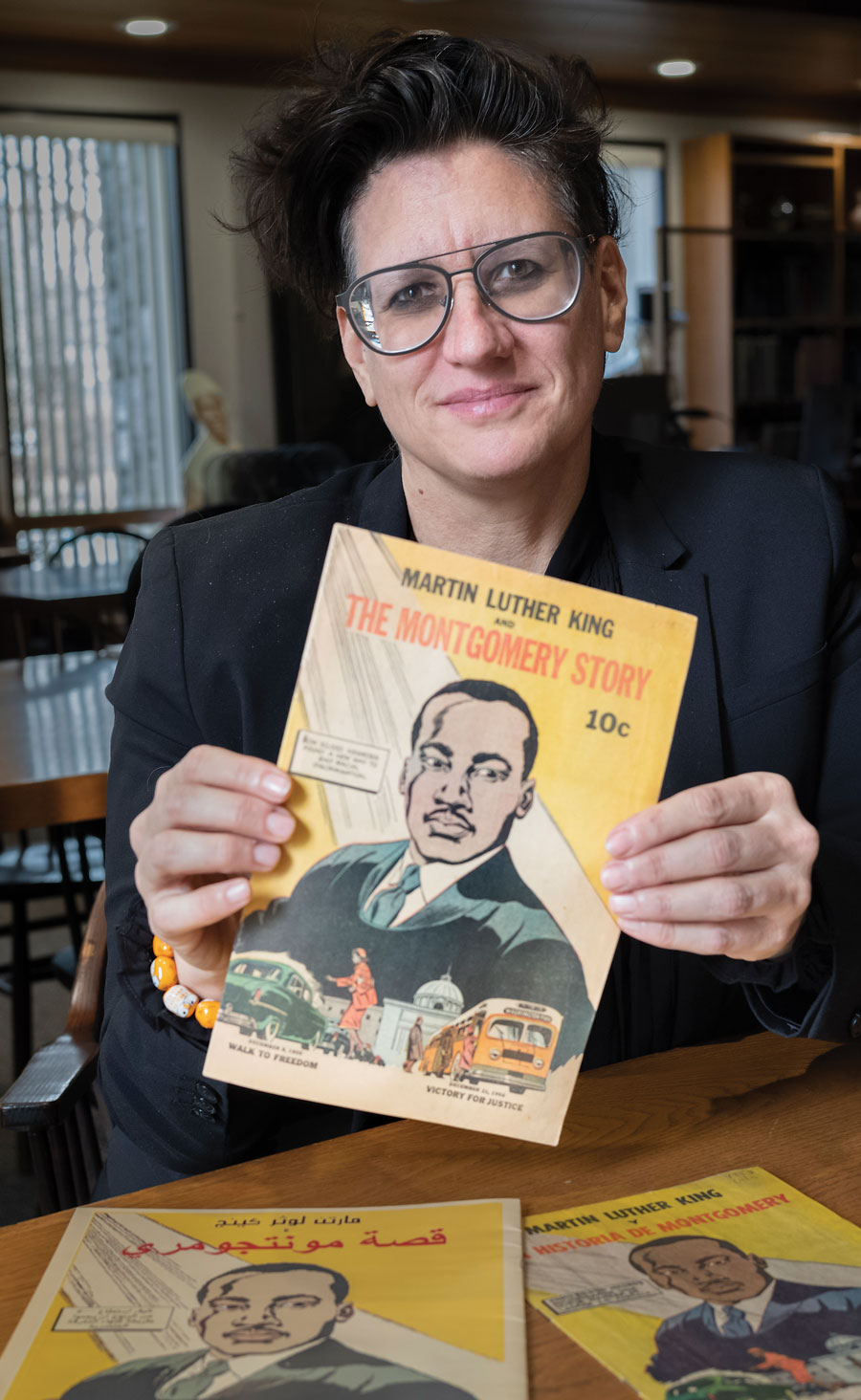
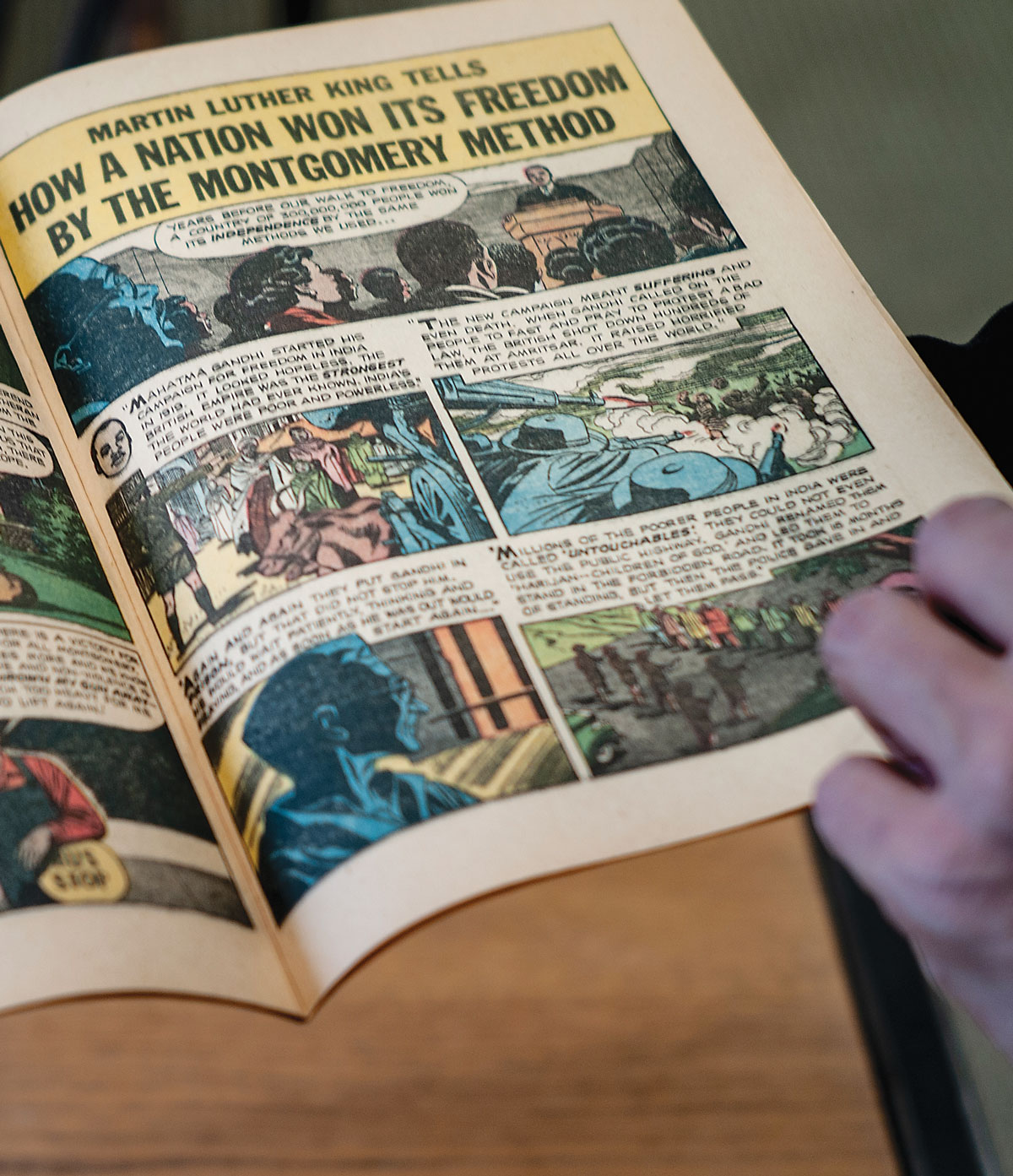
IN 1957, the 16-page comic book Martin Luther King and the Montgomery Story brought then-recent history to life in its vibrant retelling of Dr. Martin Luther King Jr.’s role in the Montgomery bus boycott.
The 13-month boycott began in 1955 with Rosa Parks’ refusal to give up her bus seat to a white passenger. It culminated in a 1956 victory for the civil rights movement: the Supreme Court ruled that segregated busing was unconstitutional.
The pacifist group Fellowship of Reconciliation (FOR) created Martin Luther King and the Montgomery Story to spread Dr. King’s story and his message.
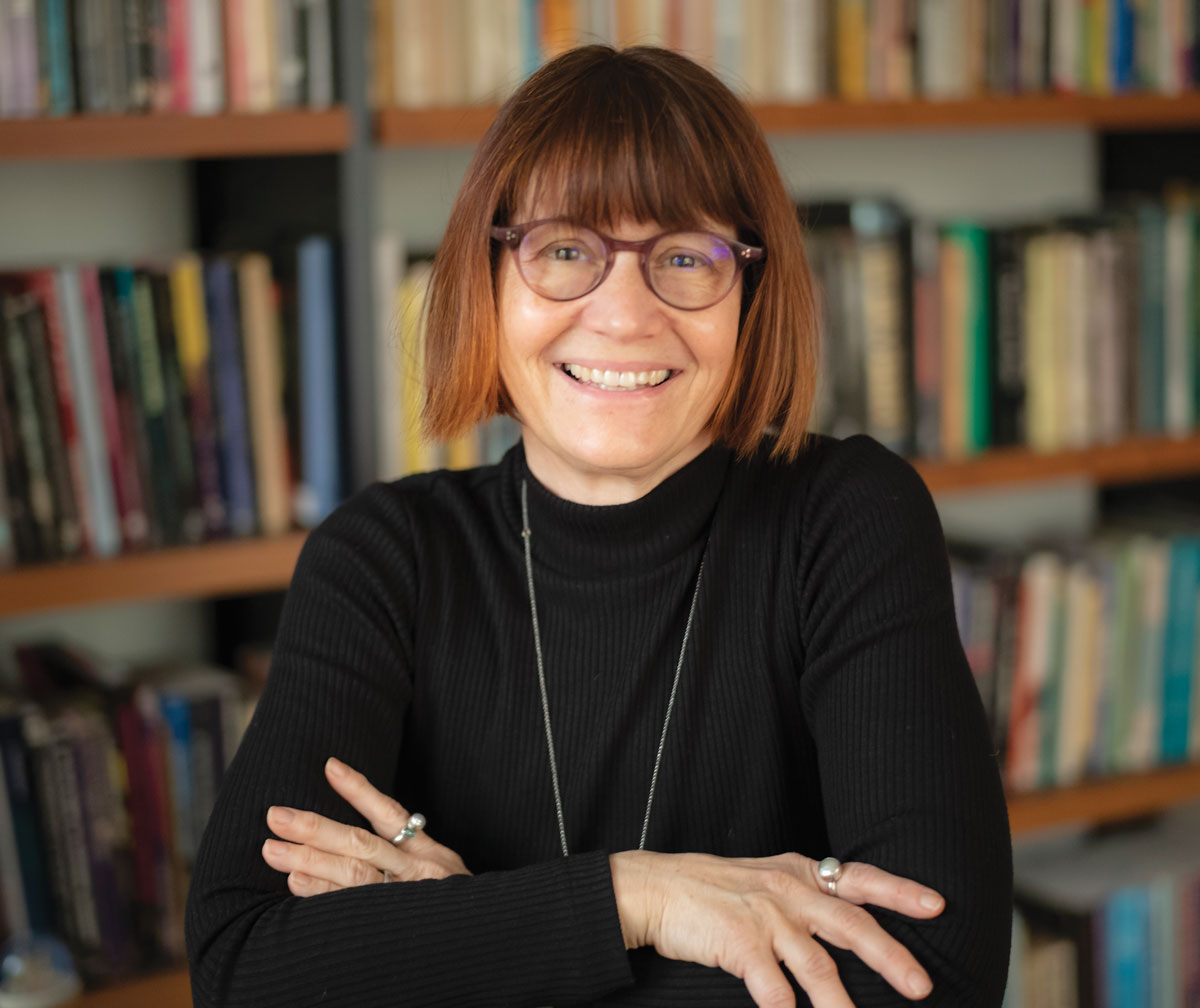
Close-up: Patricia White
You’re very prominent in queer and feminist film theory. How did you find your interest there?
I usually say it’s because I love movies and women! The movies have always been about gender and sexuality. They have emphasized women on camera, and historically, most industries have realized that women were eager consumers of mass culture. Images of women may contrast with inequality off-screen, of course, and those images were often very glamorous or objectified. But there was almost an elevation of women’s power and role in the world of movies — and to a certain extent, television — more than in other parts of the public sphere, like government, places where there is “true power.”
What inspired your latest book, Rebecca?
Rebecca is part of a series of books from the British Film Institute called BFI Classics, and I had always wanted to write one on Rebecca (1940). It was a film I had written about in my first book. I’ve loved the movie since I was a teenager and watched it on TV with my mom, and read Daphne Du Maurier’s novel and saw various television versions.
So [the book] came from something that I really enjoyed and something that was intellectually interesting, because the film had attracted a lot of really interesting criticism, as Hitchcock’s preeminent “women’s picture,” which was the category that Hollywood used to talk about films made for female audiences. So Rebecca historically had popularity and influence, and already a reputation in film studies for being a place that could test out arguments about who is really responsible for the meaning in film. Is it the director, the original novelist, the audience?

In bloom
Framed by the tunnel to Wharton, magnolia trees welcome campus visitors this spring.

Back cover
– Lewis Lazarus ’78
swarthmore.edu/GiveBack
Back cover
– Lewis Lazarus ’78
swarthmore.edu/GiveBack




